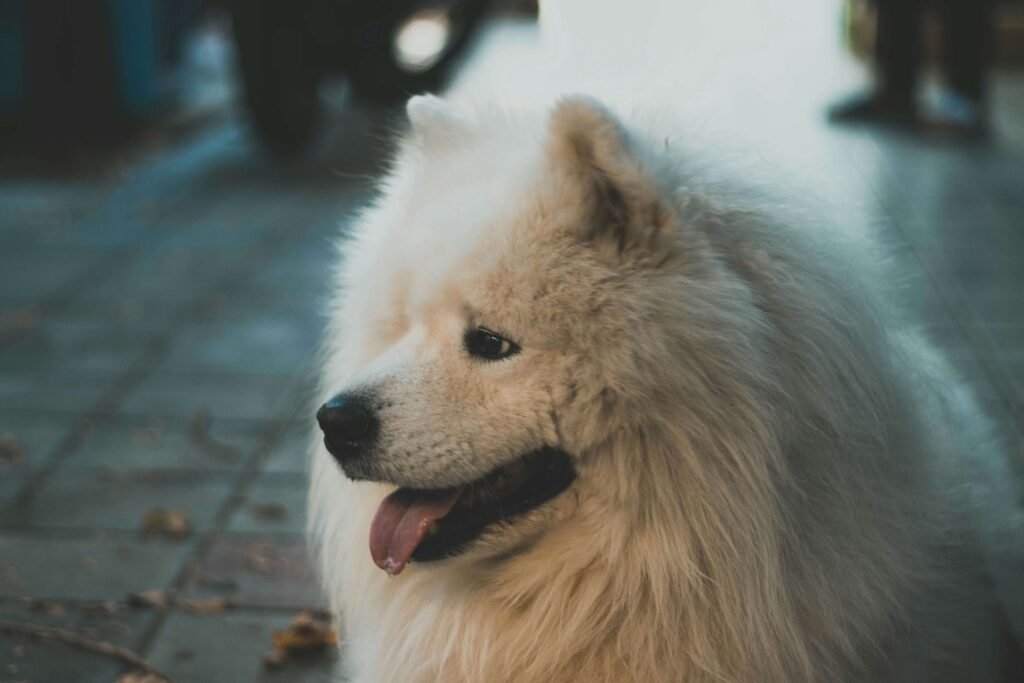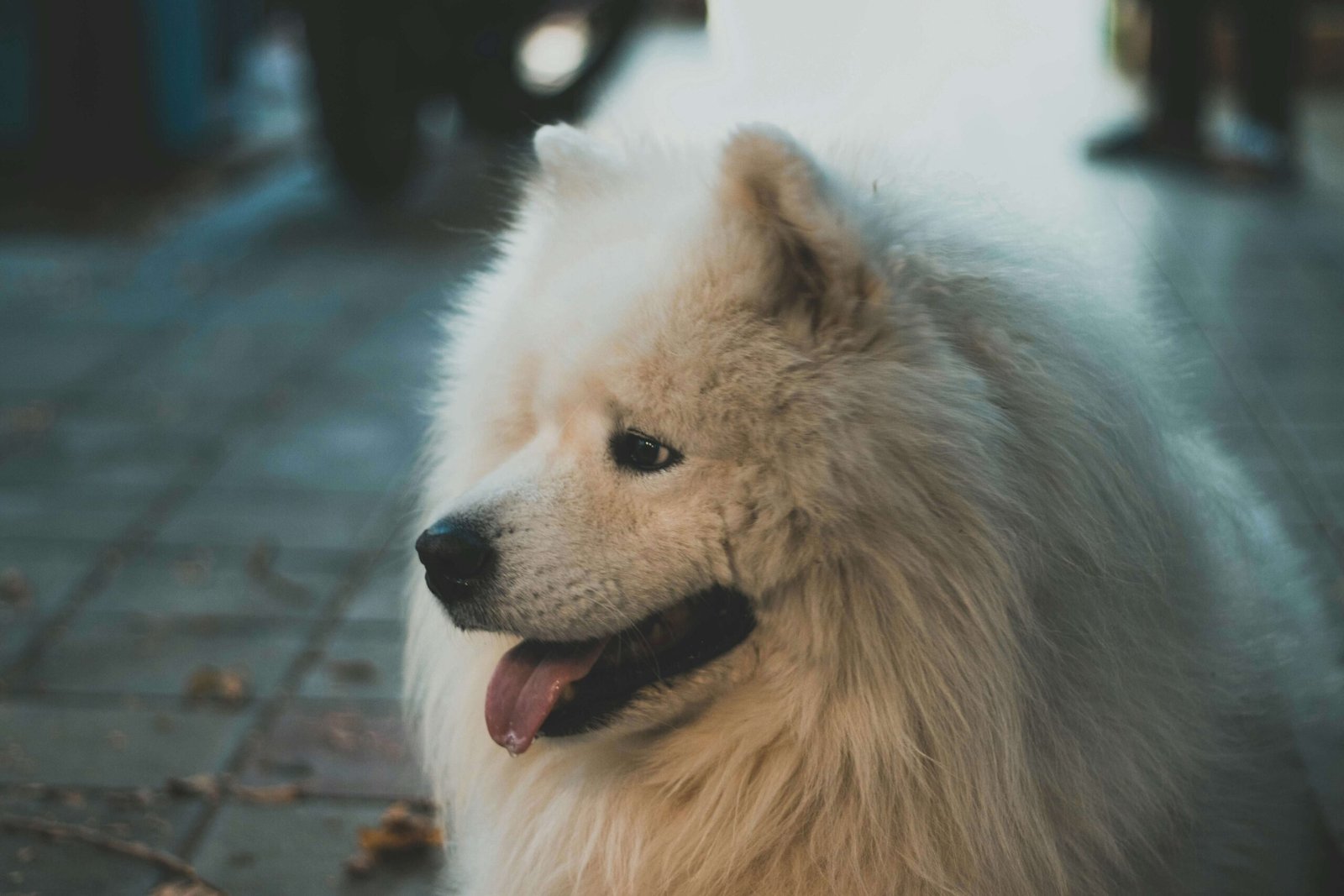Understanding the Cost of Dog Mammary Tumor Removal
When it comes to our beloved canine companions, their health is always a top priority. Mammary tumors are one of the most common health concerns in female dogs, especially those that have not been spayed or were spayed later in life. While discovering a lump can be alarming, early intervention through surgery often leads to positive outcomes. However, many pet owners are understandably concerned about the financial aspect of treatment. The cost of dog mammary tumor removal can vary widely depending on several factors, including the size and location of the tumor, the complexity of the surgery, and the veterinary clinic’s location.
In this blog post, we’ll explore everything you need to know about the costs associated with mammary tumor removal, offering practical advice and expert tips to help you navigate this challenging situation without breaking the bank.
Factors Influencing the Cost of Mammary Tumor Removal
The cost of removing a mammary tumor in dogs is influenced by a variety of factors. Understanding these variables can help you better prepare for the financial commitment involved. Here’s a breakdown of what affects the overall price:
Size and Number of Tumors : Larger tumors or multiple growths may require more extensive surgery, increasing the cost.
Location of the Tumor : Tumors located near sensitive areas, such as major blood vessels, may necessitate more complex procedures.
Diagnostic Tests : Pre-surgical tests like biopsies, X-rays, or ultrasounds are essential for assessing the tumor’s nature and planning the procedure.
Veterinary Clinic Location : Prices can vary significantly depending on whether you live in an urban or rural area, as well as regional cost differences.
Surgeon’s Expertise : Experienced veterinary surgeons or specialists may charge higher fees, but their expertise often ensures better outcomes.
While these factors can make the cost of mammary tumor removal seem unpredictable, discussing your options with your veterinarian can help you understand the specific expenses involved in your dog’s case.
Typical Costs Associated with Mammary Tumor Surgery
If you’re considering surgery for your dog’s mammary tumor, it’s important to have a clear understanding of the typical costs involved. These expenses often include both the surgery itself and related services. Here’s what you can expect:
Surgical Fees : The primary cost of the procedure ranges from $800 to $2,500, depending on the complexity and duration of the surgery.
Anesthesia Costs : Administering anesthesia is a critical part of the process, adding $100 to $300 to the total bill.
Post-Surgical Care : Pain management, antibiotics, and follow-up visits can cost between $100 and $500.
Hospitalization : If your dog requires overnight care after the surgery, hospitalization fees may range from $50 to $150 per night.
Pathology Testing : Sending the removed tumor for analysis to determine if it’s cancerous typically costs $100 to $300.
These costs can add up quickly, but investing in your dog’s health now can prevent more serious and costly complications down the road.
Check this guide 👉Understanding Dog Spleen Tumor Ultrasound: Best 7 Tips!
Check this guide 👉The Costs of Dog Tumor Removal: Best 7 Expert Tips!
Check this guide 👉Spindle Cell Tumor in Dogs: Best 7 Tips for Early Detection!

Expense Category | Estimated Cost Range |
|---|---|
Surgical Fees | $800 – $2,500 |
Anesthesia Costs | $100 – $300 |
Post-Surgical Care | $100 – $500 |
Hospitalization | $50 – $150 per night |
Pathology Testing | $100 – $300 |
Ways to Manage the Financial Burden of Surgery
Facing the cost of mammary tumor removal can be overwhelming, but there are ways to manage the financial burden. By exploring these options, you can ensure your dog receives the care they need without compromising your finances.
Pet Insurance : If you have pet insurance, check if it covers surgeries and diagnostic tests. Many plans reimburse a significant portion of the costs.
Payment Plans : Some veterinary clinics offer payment plans, allowing you to spread the cost over several months.
Care Credit : This healthcare financing option is specifically designed for medical expenses, including veterinary care, and often offers interest-free periods.
Local Charities : Certain organizations provide financial assistance for pet surgeries, especially for low-income families or senior pets.
Preventive Measures : Spaying your dog early can significantly reduce the risk of mammary tumors, potentially saving you from future medical expenses.
By planning ahead and exploring these options, you can alleviate some of the financial stress associated with your dog’s surgery.
Signs Your Dog May Need Surgery for a Mammary Tumor
Not all mammary tumors require immediate surgical intervention, but certain signs indicate that surgery is necessary. Recognizing these symptoms can help you act promptly and improve your dog’s prognosis.
Rapid Growth : A tumor that grows quickly may indicate malignancy, requiring urgent attention.
Ulceration or Bleeding : Open sores or bleeding on the tumor can lead to infection and should be addressed immediately.
Changes in Behavior : Lethargy, loss of appetite, or discomfort may signal that the tumor is affecting your dog’s overall health.
Mobility Issues : If the tumor interferes with movement, it may need to be removed to restore your dog’s quality of life.
Multiple Lumps : The presence of several tumors increases the likelihood of malignancy and often necessitates surgery.
If you notice any of these signs, consult your veterinarian as soon as possible to discuss the best course of action for your dog’s health.
Post-Surgical Care Tips for Your Dog
After your dog undergoes mammary tumor removal surgery, proper post-surgical care is crucial to ensure a smooth recovery. Following these tips can help your dog heal faster and reduce the risk of complications.
Monitor the Incision Site : Check the surgical area daily for signs of infection, such as redness, swelling, or discharge.
Restrict Activity : Limit physical activity for at least 10-14 days to allow the incision to heal properly.
Prevent Licking or Chewing : Use an Elizabethan collar (cone) to stop your dog from interfering with the wound.
Administer Medications : Give all prescribed medications, including pain relievers and antibiotics, exactly as directed by your vet.
Follow-Up Visits : Attend all scheduled follow-up appointments to ensure the healing process is on track.
By following these post-surgical care guidelines, you can help your dog recover comfortably and minimize the risk of complications.
Signs That Indicate a Mammary Tumor May Be Cancerous
Not all mammary tumors are cancerous, but certain characteristics can raise red flags. Recognizing these signs can help you take prompt action and seek appropriate treatment.
Irregular Shape : Tumors that are asymmetrical or have uneven edges may be more likely to be malignant.
Firm Texture : Hard, immovable lumps are often associated with cancerous growths.
Rapid Growth : Tumors that grow quickly over a short period are more concerning than slow-growing ones.
Ulceration or Discharge : Open sores or unusual discharge from the tumor can indicate malignancy.
Systemic Symptoms : Weight loss, lethargy, or appetite changes alongside a tumor may suggest advanced disease.
If you notice any of these warning signs, consult your veterinarian immediately to determine the best course of action.
Preventive Measures to Reduce the Risk of Mammary Tumors
While not all mammary tumors can be prevented, there are steps you can take to significantly reduce the risk for your dog. Proactive measures can improve your dog’s overall health and longevity.
Spay Early : Spaying your dog before her first heat cycle reduces the risk of mammary tumors by up to 99%.
Regular Check-Ups : Schedule routine veterinary exams to catch any abnormalities early.
Healthy Diet : Feed your dog a balanced diet rich in nutrients to support their immune system and overall health.
Maintain a Healthy Weight : Obesity can increase the risk of various cancers, including mammary tumors.
Monitor for Lumps : Regularly check your dog’s mammary glands for any unusual lumps or bumps.
By taking these preventive steps, you can help protect your dog from mammary tumors and ensure they live a longer, healthier life.
Frequently Asked Questions About Dog Mammary Tumor Removal Costs
How much does it cost to remove a mammary tumor from a dog?
The cost typically ranges from $800 to $2,500, depending on the complexity of the surgery and other factors.
Is mammary tumor surgery covered by pet insurance?
Many pet insurance plans cover surgeries, but coverage varies by provider and plan. Always check your policy details.
Can I delay mammary tumor surgery if my dog seems fine?
Delaying surgery can allow the tumor to grow or spread, worsening the prognosis. Early intervention is key.
Are mammary tumors in dogs usually cancerous?
Approximately 50% of mammary tumors in dogs are benign, but surgical removal is often recommended regardless.
What happens if I can’t afford the surgery?
Explore options like payment plans, charities, or low-cost clinics to make the procedure more affordable.
Investing in Your Dog’s Health: A Priceless Decision
While the cost of dog mammary tumor removal can feel daunting, it’s important to remember that your dog’s health is invaluable. Early detection and treatment not only improve your dog’s chances of recovery but also prevent more severe and costly complications in the future. By understanding the factors that influence the cost, exploring financial assistance options, and recognizing the signs that surgery is needed, you can make informed decisions that prioritize your dog’s well-being. At the end of the day, the joy and companionship your dog brings into your life are worth every penny spent on their care.
Canned Pumpkin for Cat Diarrhea: Best 7 Expert Tips! Natural remedy to firm stools, soothe upset bellies, and support gut health safely.
Can a Cat Give You Scabies? Best 7 Expert Tips! Discover the truth about feline mites, human skin risks, and how to protect yourself—without panic.
Cat Flea vs Human Flea: Best 7 Expert Tips! Discover the truth about bites, species, and how to eliminate infestations for good.
Weird Cat Behaviors: Best 7 Expert Tips! Discover why cats do strange things—and how to understand, not punish, their instincts for a happier home.





